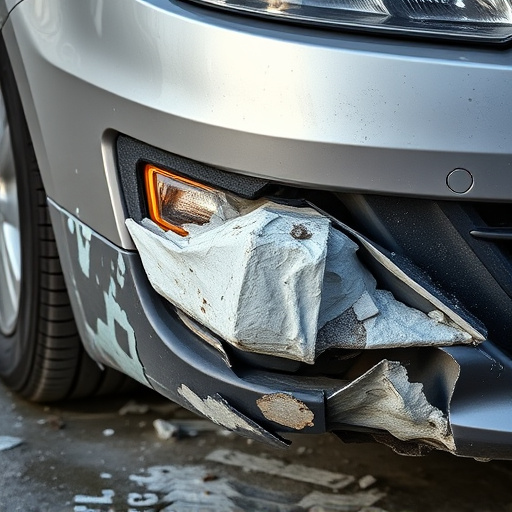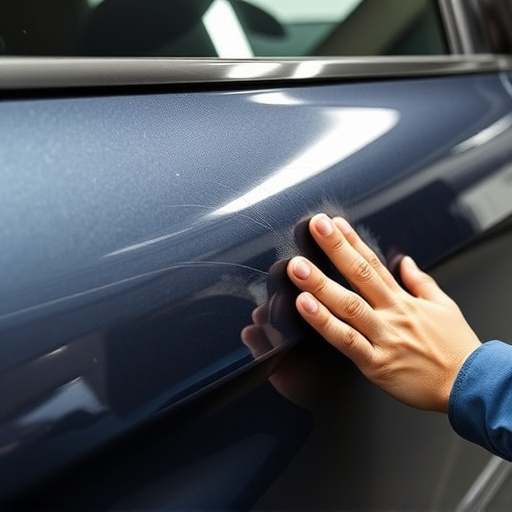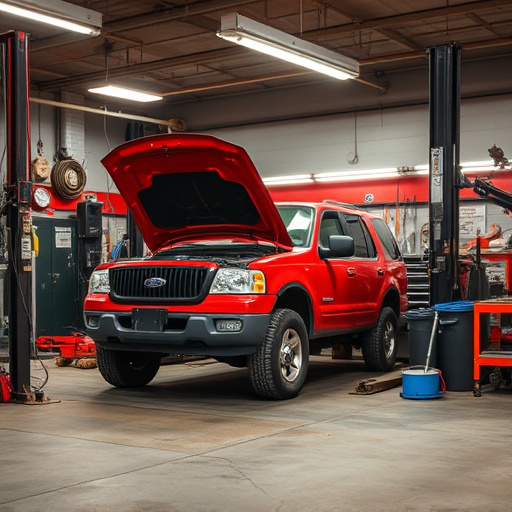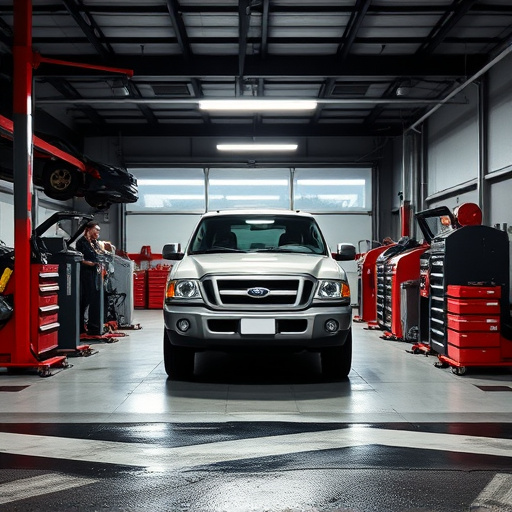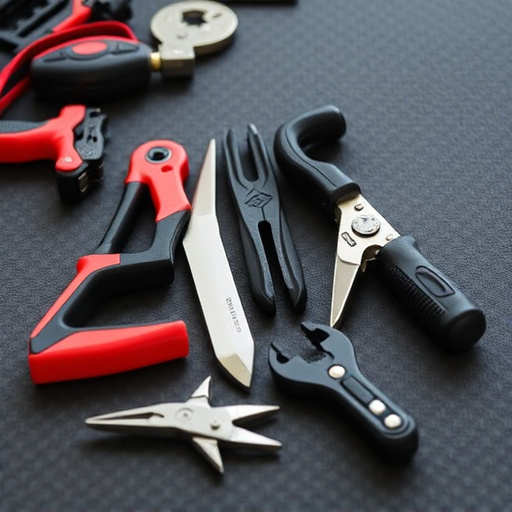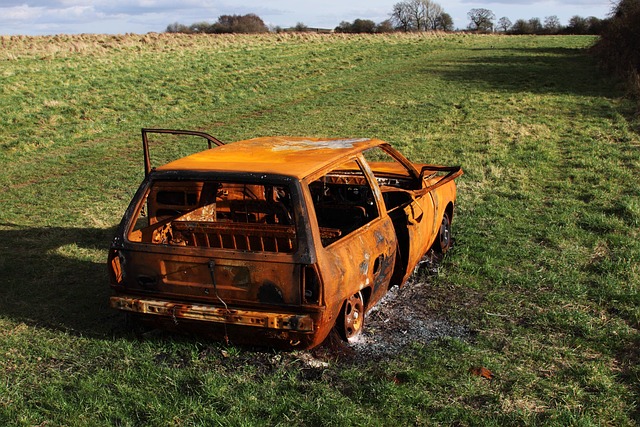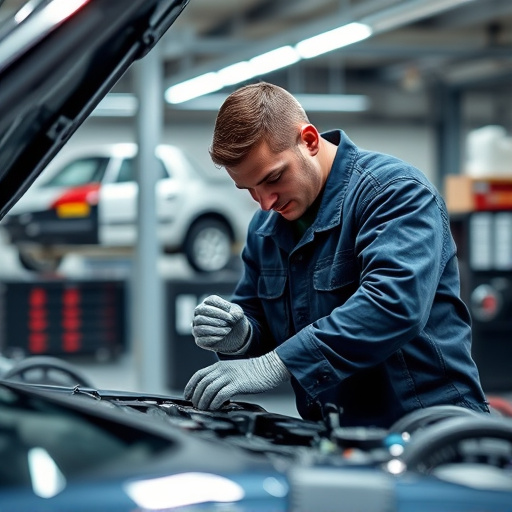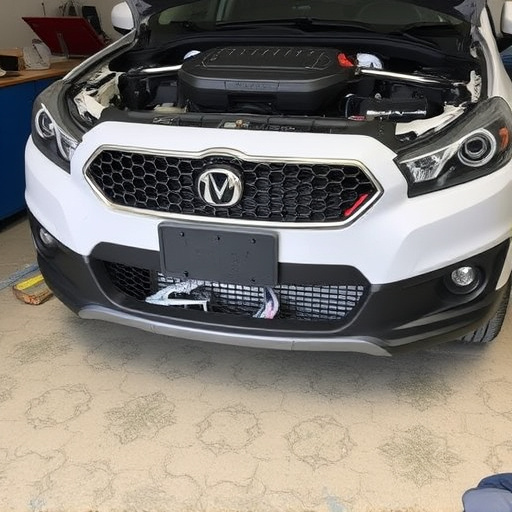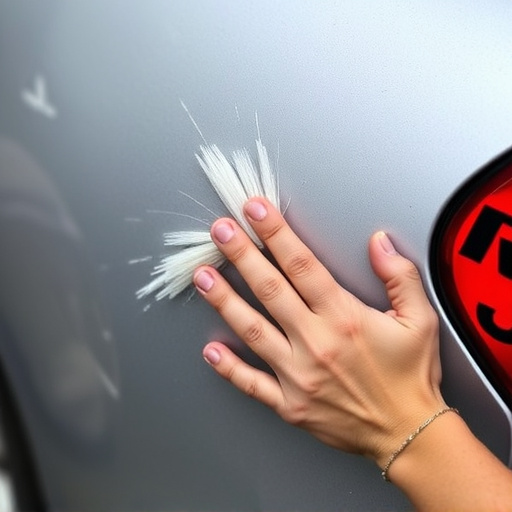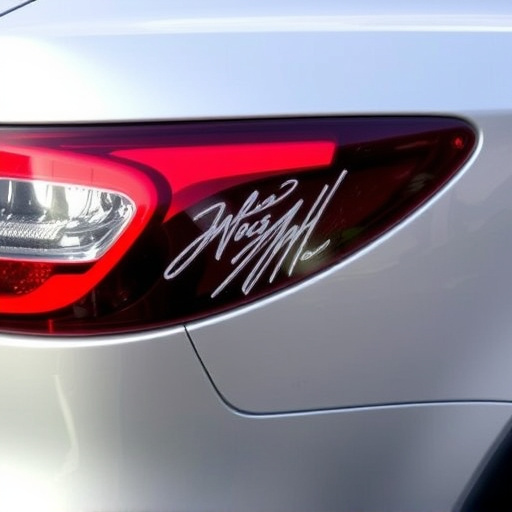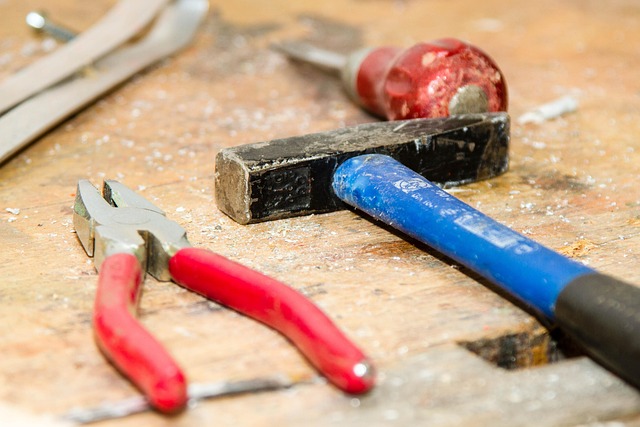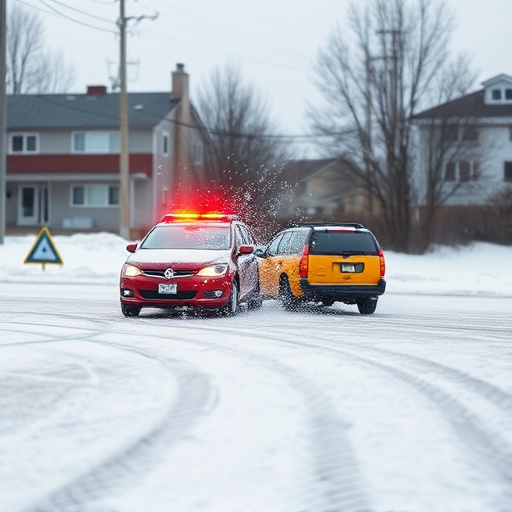As hybrid vehicle popularity grew, automotive body shops adapted by investing in specialized training and modern facilities for complex repairs. Safety and efficiency became key, with advanced tools enabling precise work on sensitive components like high-voltage systems. This evolution improved customer satisfaction, built trust, and reduced environmental impact through eco-friendly practices in hybrid vehicle collision repair.
The auto industry has undergone a significant transformation with the rise of hybrid vehicles. This article explores how hybrid vehicle collision repair has revolutionized traditional automotive services. From evolving safety and efficiency standards to technical advancements in tools and training, the sector has adapted to meet the unique challenges of repairing these advanced vehicles. Furthermore, we delve into the environmental benefits, focusing on waste reduction and resource conservation, showcasing the positive impact of hybrid collision repair on both vehicles and the planet.
- Evolving Standards: Safety and Efficiency in Hybrid Repairs
- Technical Advancements: Tools and Training for New Era Technicians
- Environmental Impact: Reducing Waste, Conserving Resources in Collision Repair
Evolving Standards: Safety and Efficiency in Hybrid Repairs
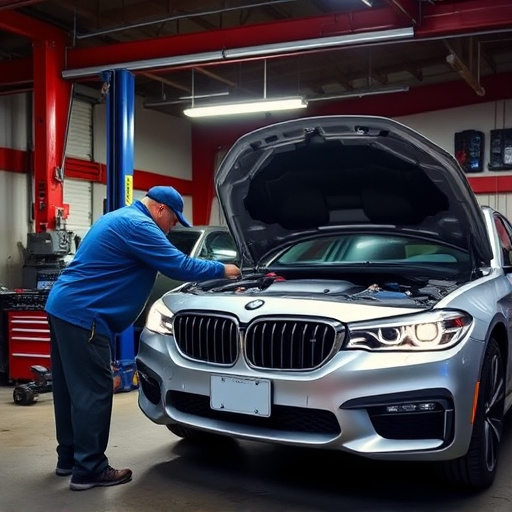
As hybrid vehicle collision repair gained traction, so did the need for evolving standards in safety and efficiency. These advanced vehicles, with their complex systems integrating electric motors and batteries alongside traditional engines, demanded specialized knowledge and equipment that traditional automotive body shops weren’t always equipped to handle. This led to a shift in the industry, pushing for higher training standards among technicians and investments in state-of-the-art facilities capable of addressing hybrid vehicle repairs accurately.
The focus on safety became paramount, as properly repairing hybrid vehicles required meticulous attention to detail to ensure the integrity of sensitive components like high-voltage systems. Efficient collision repair processes were also optimized, leveraging specialized tools and techniques tailored for hybrid vehicle make-and-models, ultimately streamlining repairs and reducing downtime for customers. This evolution in standards not only improved safety but also enhanced customer satisfaction and fostered trust in the abilities of reputable automotive body shops to handle these increasingly common vehicles on the road.
Technical Advancements: Tools and Training for New Era Technicians
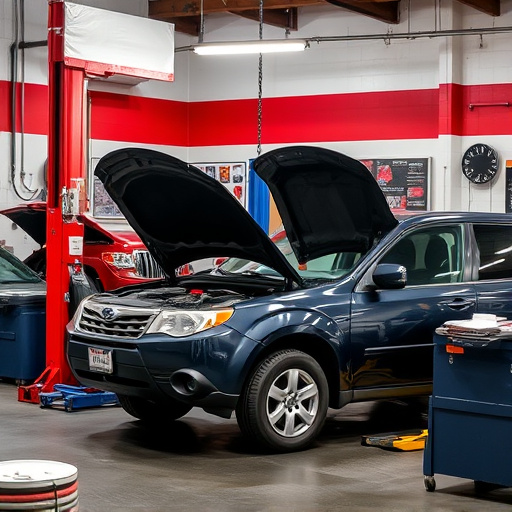
The rise of hybrid vehicle collision repair has demanded a new era of technical prowess and training for automotive technicians. As hybrid vehicles become more prevalent on the road, car repair shops must adapt to meet the unique challenges presented by their advanced systems. This shift has led to significant advancements in tools and diagnostic equipment, enabling mechanics to perform intricate repairs with precision and efficiency. Specialized training programs have emerged to educate and certify technicians in the latest hybrid vehicle technologies, ensuring they possess the necessary skills for comprehensive Mercedes-Benz collision repair or any other make’s complex repairs.
Automotive repair services for hybrids often involve sophisticated electrical systems and advanced battery management, requiring a high level of expertise. Technicians now have access to cutting-edge tools designed specifically for hybrid vehicle collision repair, allowing them to diagnose and fix issues with the electric motors, power electronics, and high-voltage systems safely and effectively. This evolution in automotive repair services has not only raised the bar for quality but also influenced traditional car repair shops to invest in similar training and equipment, fostering a more advanced and standardized approach to hybrid vehicle collision repair across the industry.
Environmental Impact: Reducing Waste, Conserving Resources in Collision Repair
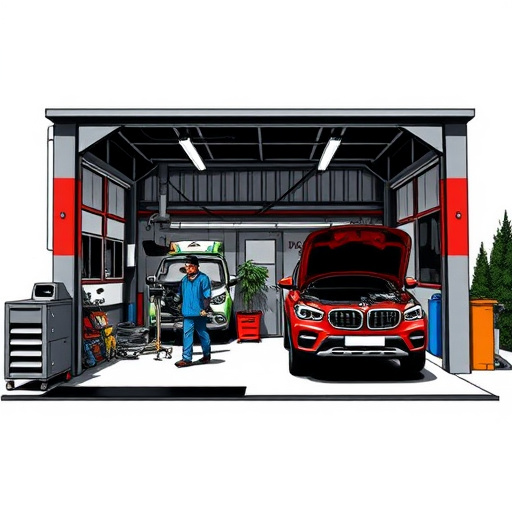
The rise of hybrid vehicle collision repair has significantly reduced the environmental impact of auto accidents. Unlike traditional vehicles, hybrids generate less waste and have a lower consumption rate, which translates to fewer resources needed for repairs. This shift in the industry encourages a more sustainable approach to car bodywork services, focusing on recycling and reusing materials where possible. For instance, auto glass repair techniques have evolved to minimize breakage, allowing for easier recycling of shattered glass.
Furthermore, mercedes benz repair, as with any hybrid vehicle repair, emphasizes precision and efficiency. Technicians are trained to identify and fix damage without generating unnecessary waste, conserving resources that would otherwise be used in the production of new parts. This eco-friendly approach not only benefits the environment but also promotes a more responsible and cost-effective collision repair process.
Hybrid vehicle collision repair has undeniably revolutionized the auto industry by setting new standards in safety and efficiency. The advancements in tools and training for technicians have not only facilitated more precise repairs but also contributed to a significant reduction in waste and conservation of resources. As the demand for hybrid vehicles continues to grow, so does the importance of specialized repair techniques, ensuring both optimal performance and environmental sustainability in the ever-evolving landscape of collision repair.

